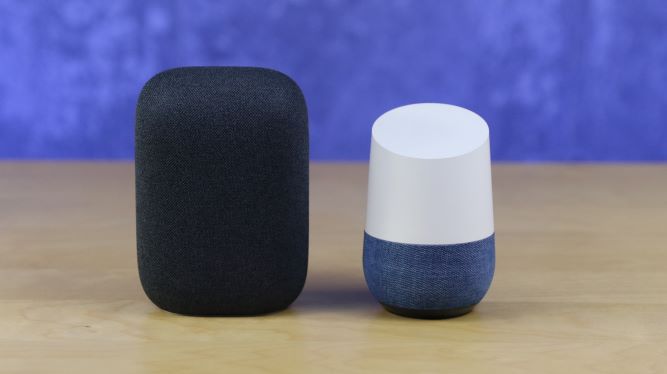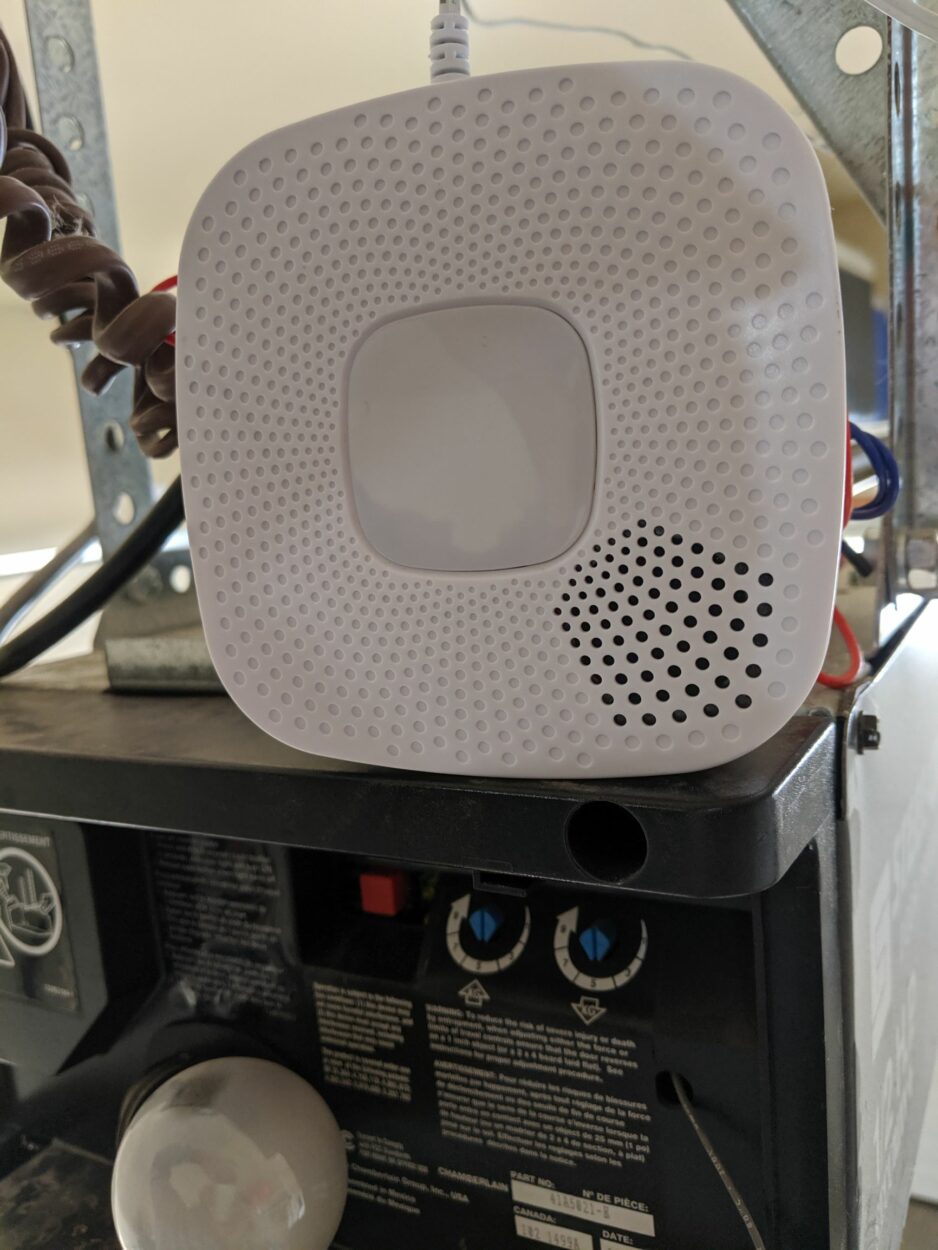Robotic vacuum cleaners, like those made by Shark, have become essential household items in today’s fast-paced society because they provide the ease of automatic cleaning.
Your trustworthy Shark robot vacuum may occasionally, nevertheless, cease to charge.
This article explores the typical causes of a Shark robot vacuum not being charged and offers workable ideas to assist you in troubleshooting and resolving this aggravating problem.
A malfunctioning charging system can disrupt the seamless operation of your robot vacuum, potentially leaving your floors unsightly.
Therefore, understanding the possible causes is crucial for ensuring that your vacuum continues to efficiently clean your home.
From checking power sources and cleaning charging contacts to addressing battery issues or software glitches, we will explore step-by-step guidelines to get your Shark robot vacuum back up and running smoothly.
| Shark Robot Vacuum Highlights | Description |
| Charging issues | Shark robot vacuums are known for their convenience in automated cleaning but may face charging problems. |
| Notable reasons | Charging issues may result from power source problems, dirty charging contacts, battery issues, software glitches, and faulty components. |
| Battery lifespan | The lifespan of a Shark robot vacuum battery typically ranges from 2 to 5 years with proper care and maintenance. |
| Troubleshooting charging problems | It includes examining charging connections, checking for firmware updates, ensuring a stable power source, assessing battery health, and seeking customer support if necessary. |


What are the reasons for the Shark robot vacuum not charging?
When a Shark robot vacuum isn’t charging, it can be frustrating, but there are a few common reasons to consider.
One of the first things to check is the power source. Another potential issue could be dirty charging contacts.
Dust and debris can accumulate on both the robot vacuum and the charging dock’s contacts, preventing a proper connection.
If your Shark robot has been in operation for a while, the battery can also be responsible.
If your vacuum is more than a few years old, it could be time to change the battery because rechargeable ones cannot retain their charge as time passes.
Sometimes battery issues are caused by software or firmware. The location of the charging station is quite important.
The robot isn’t going to be capable of powering up if it cannot connect appropriately.
Finally, look for problems with the power line and charging station.
Check for ragged cables or distorted connectors because these problems can interfere with charging.
High temperatures may also have an impact on charging.
It could be difficult for your robot vacuum to charge if the temperature is excessively warm or cold where it is kept.
What is the battery period of a Shark robot vacuum?
A Shark robot vacuum’s battery lifespan might vary according to several elements, including usage behaviors, recharging routines, and the vacuum’s particular model.
A Shark robot vacuum’s battery-powered by lithium-ion may typically last between two and five years with proper maintenance. It’s important to keep in consideration, nevertheless, that this estimate may change.
The battery lifespan largely depends on how often you use the vacuum and how you charge it.
Overcharging or letting the battery drain completely too frequently can reduce its longevity.
It’s a good practice to follow the manufacturer’s guidelines regarding charging cycles and maintenance to extend the battery’s life.
Additionally, the capacity of the battery can affect how long it lasts.
Higher-end Shark robot vacuums often come with larger, higher-capacity batteries, which can provide longer runtime and potentially last longer before needing replacement.
What to do to fix the issue of the Shark robot vacuum not being charged?
Given below are some of the steps you may consider taking to resolve the problem of the Shark robot vacuum’s inability to charge:
1. Examine charging connections
Both the charging connections on the port for charging and those on the robot vacuum might amass dirt, grime, or other material. To make sure that the vacuum and docking station have a strong connection, carefully wipe these connections with a soft, dry cloth.
2. Ensure firmware updates
Check if there are any available software updates for your Shark robot vacuum. Updating the firmware can sometimes resolve software-related issues that affect charging. Follow the manufacturer’s instructions to perform the update.
3. Examine the power source
Begin by ensuring that the charging dock is plugged into a functional power outlet. Sometimes, the problem might be as simple as a loose or disconnected power cord. Confirm that there is power in the outlet by plugging in another device to eliminate the possibility of an electrical issue.
4. Check for battery health
It’s likely that the battery in your Shark robot vacuum is completely out of life if none of the aforementioned fixes the problem. Batteries that can be recharged lose capability gradually. Details regarding how to get a substitute battery can be found in the instruction manual or by getting in touch with the manufacturers.
5. Approach customer services
It might be required to get in touch with the company’s support group or get help from an authorized service provider if you’ve attempted all the troubleshooting techniques and your Shark robot vacuum still isn’t going to charge. They can offer more assistance and help in fixing the problem.


Why is my Shark battery blinking when charging?
In some Shark robot vacuum models, a blinking battery indicator during charging is entirely normal.
It usually means that the vacuum is actively charging and receiving power from the charging dock. As long as the blinking continues, it suggests that the charging process is underway.
In other cases, a blinking battery light can indicate that the battery’s voltage has dropped below a certain threshold.
This can happen if the battery has been completely drained or if there’s an issue with the battery itself. In such instances, the blinking serves as a warning that the battery needs a significant amount of charging before it can operate efficiently again.
If the blinking persists for an extended period or is accompanied by an error message, it may signify a problem with the charging process.
This could be due to a loose connection between the robot vacuum and the charging dock, dirty charging contacts, or a malfunctioning component in the charging system.
How may I know if my Shark robot is charging?
To determine if your Shark robot vacuum is charging, follow these simple steps:
Firstly, check if the vacuum is correctly placed on the charging dock, ensuring the charging contacts on the vacuum align with those on the dock.
When correctly docked, the vacuum should physically connect with the dock.
Secondly, look for indicator lights, typically found on the vacuum or the dock itself.
When charging, you should see a steady, non-blinking light, indicating that the vacuum is connected to the power source and actively charging.
Lastly, it’s a good idea to wait for a while to confirm the charging process.
Over time, the vacuum’s battery should accumulate charge, and the vacuum should be ready for use.


Final Verdict
In this article, we discussed:
- Robotic vacuum cleaners, like those from Shark, have become essential in modern households due to their ability to provide convenient automatic cleaning.
- Even reliable Shark robot vacuums can sometimes face charging issues, which can disrupt their seamless operation.
- Charger troubles, unclean charging points, battery-related problems software bugs, and possible equipment defects are a few of the causes of charging issues.
- A Shark robot vacuum’s battery lifespan varies depending on factors including its usage habits and recharge routines. It typically lasts between two and five years with adequate care.
- Several troubleshooting techniques, such as cleaning the charging connections, looking for firmware updates, ensuring a reliable power source, evaluating the battery’s wellness, and contacting customer support are provided to address charging issues.
- In certain Shark robot vacuum models, active charging is normally indicated by a blinking light, but persistent blinking or error messages may point to more serious problems.
Other Articles
- Ring Person Detection No One There
- Ring Stick Up Cam Night Vision Not Working
- Ring Camera Sound Not Working
- Why Is Ring Camera Black And White


